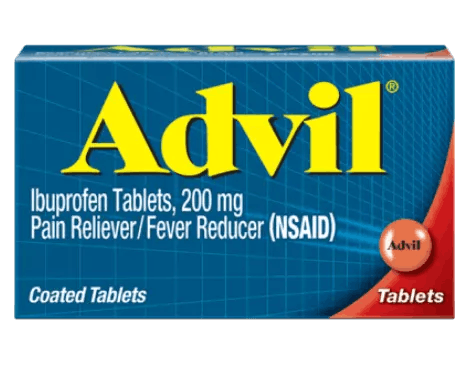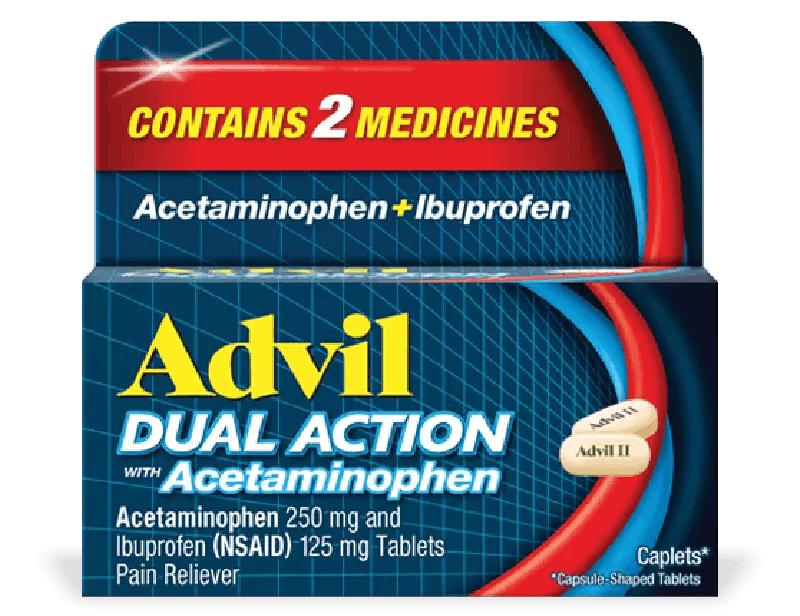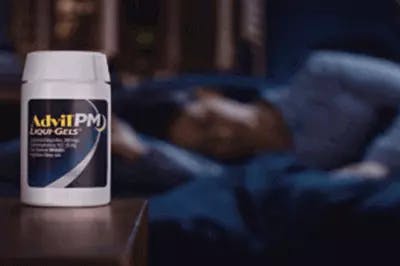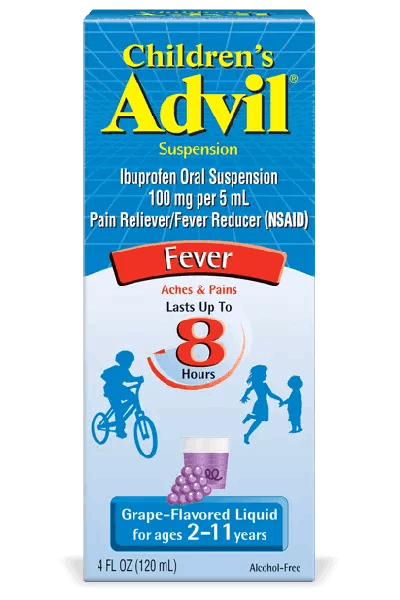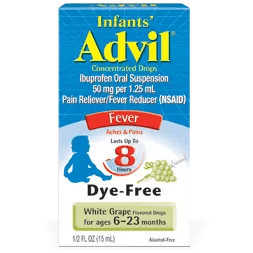What’s a headache?
It’s estimated that 95% of people will suffer from a headache during their lifetime. Watch as Charles Pollack, MD, PhD explains the three types of headaches and ways to relieve them.
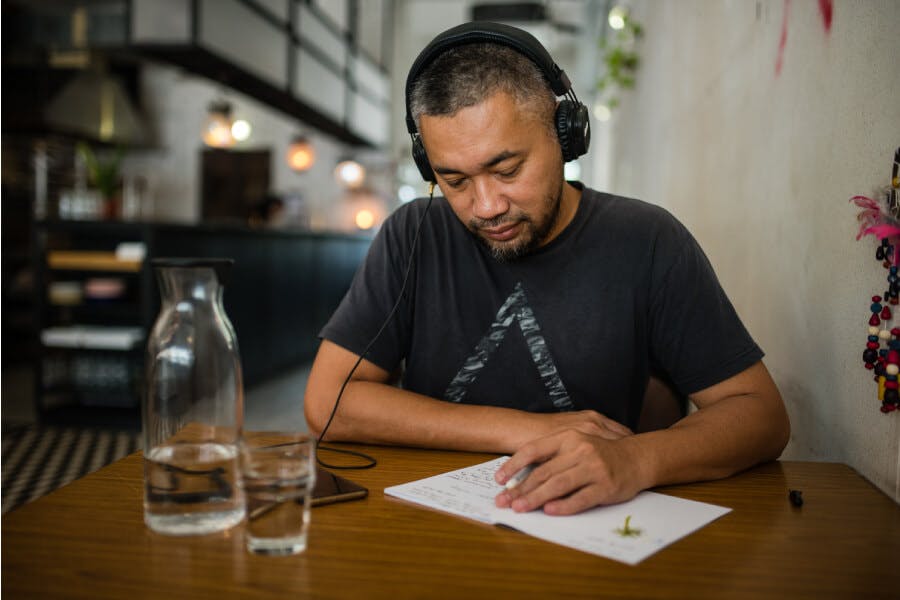
Tension Headaches
Tension Headaches are very severe, relatively rare and must be treated by a physician. Advil is not approved to treat cluster headaches. Cluster headaches recur in groups or cycles (clusters) and affect more men than women. Symptoms include:
- Typically last several hours
- Usually affects the front, top or sides of the head
- Can lead to difficulty falling asleep and staying asleep
- Can cause irritability and disturb concentration
- Can cause mild sensitivity to light or noise
Cluster Headaches
Cluster Headaches are very severe, relatively rare and must be treated by a physician. Advil is not approved to treat cluster headaches. Cluster headaches recur in groups or cycles (clusters) and affect more men than women. Symptoms include:
- Sudden, debilitating pain on one side of the head
- Watery eyes
- Nasal congestion or runny nose on the same side of the face
- Restlessness, inability to get comfortable
Migraine Headaches
There are about 20 million migraine attacks happening every day. ‡ Migraines are a common type of headache characterized by a throbbing pain that is usually felt on only one side of the head that can last anywhere from four to 72 hours. In addition to nausea and sensitivity to light and sound, symptoms include:
- Abdominal pain
- Loss of appetite
- Paleness
- Fatigue, dizziness
- Visual disturbances such as bright, flashing dots or lights, blind spots, wavy or jagged lines (aura)
- Headaches are among the most common pain-related conditions, with one half to three quarters of the world's adults experiencing a migraine or other type of headache in the past year.*
*World Health Organization, Lifting the Burden. Atlas of Headache Disorders and Resources in the World 2011. Geneva: World Health Organization; May 2011. ‡
http://www.relieve-migraine-headache.com/migraine-statistics.html
What Helps Headaches?
There are many simple things you can do at home to help relieve your headache, whether it’s a tension headache, cluster headache, or migraine. If you’re experiencing light sensitivity, try laying down in a dark room and wearing sunglasses if you have to go outside. Take notice of your computer and phone screen—are they set to maximum brightness? If so, try dimming these screens or adding a filter that creates warmer light. If you’re wearing a tight ponytail or hat, loosen your hair or take the hat off to relieve the external pressure on your scalp. Make sure to drink plenty of water and avoid consuming any alcoholic beverages in order to avoid dehydration. Many find that hot and cold packs help headache symptoms—try placing a cold pack or ice cubes wrapped in a towel on your forehead for a migraine or heating pad or warm towel for tension headaches or sinus headaches.i Try to relax by doing some simple stretches, meditation or a yoga routine.
If these holistic methods are still not giving you the pain relief you need, you can also take an over-the-counter pain reliever like Advil Ibuprofen Tablets to get temporary relief until your headache passes—that’s what we’re here for.
SOURCES
i. Mayo Clinic. Migraines: Simple steps to head off the pain. https://www.mayoclinic.org/diseases-conditions/migraine-headache/in-depth/migraines/art-20047242. Accessed 07/17/20. Referenced text highlighted on source PDF.
By clicking the link(s) above, you will be taken to an external website that is independently operated and not managed by Haleon. Haleon assumes no responsibility for the content on the website. If you do not wish to leave this website, do not click on the links above.
